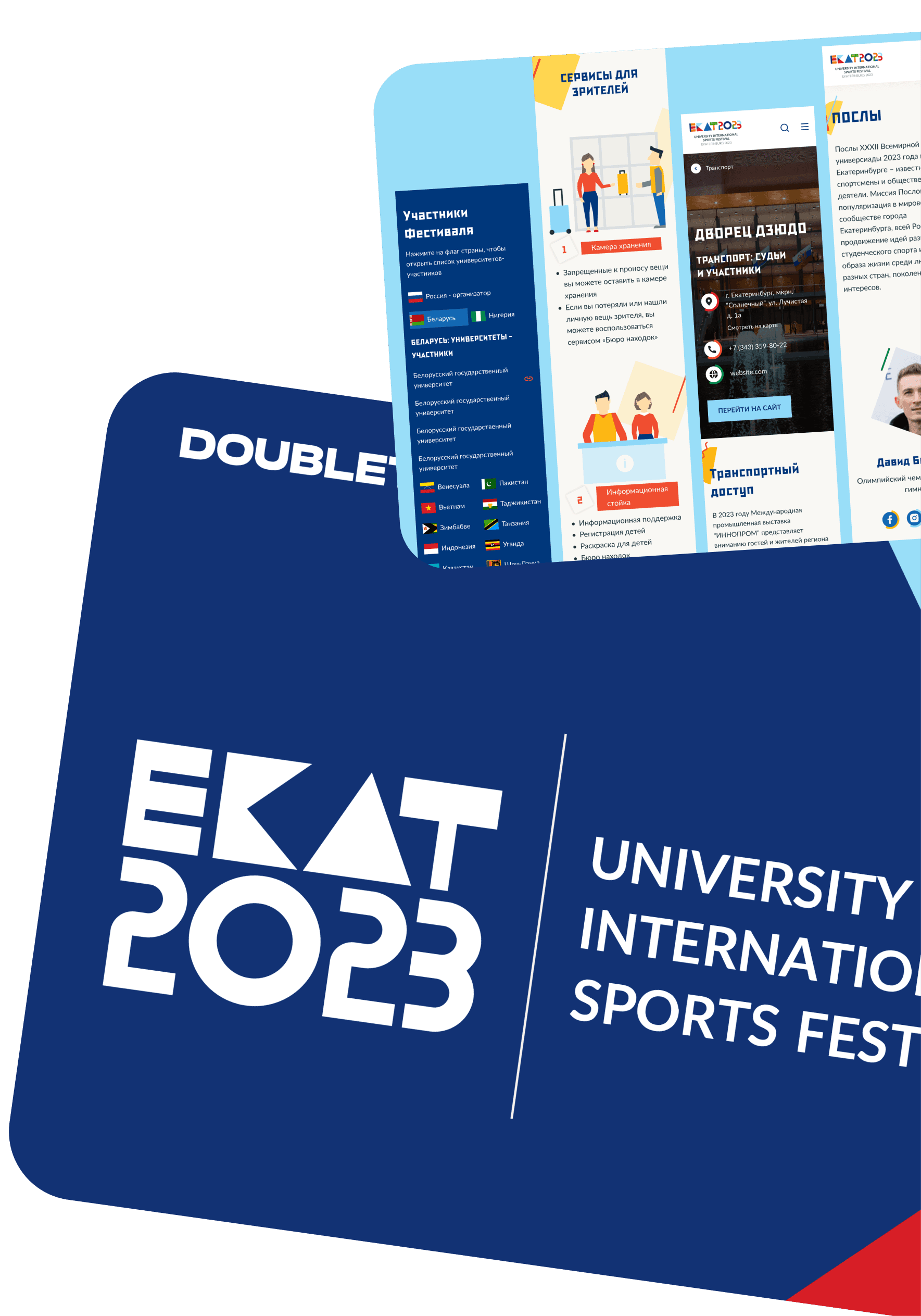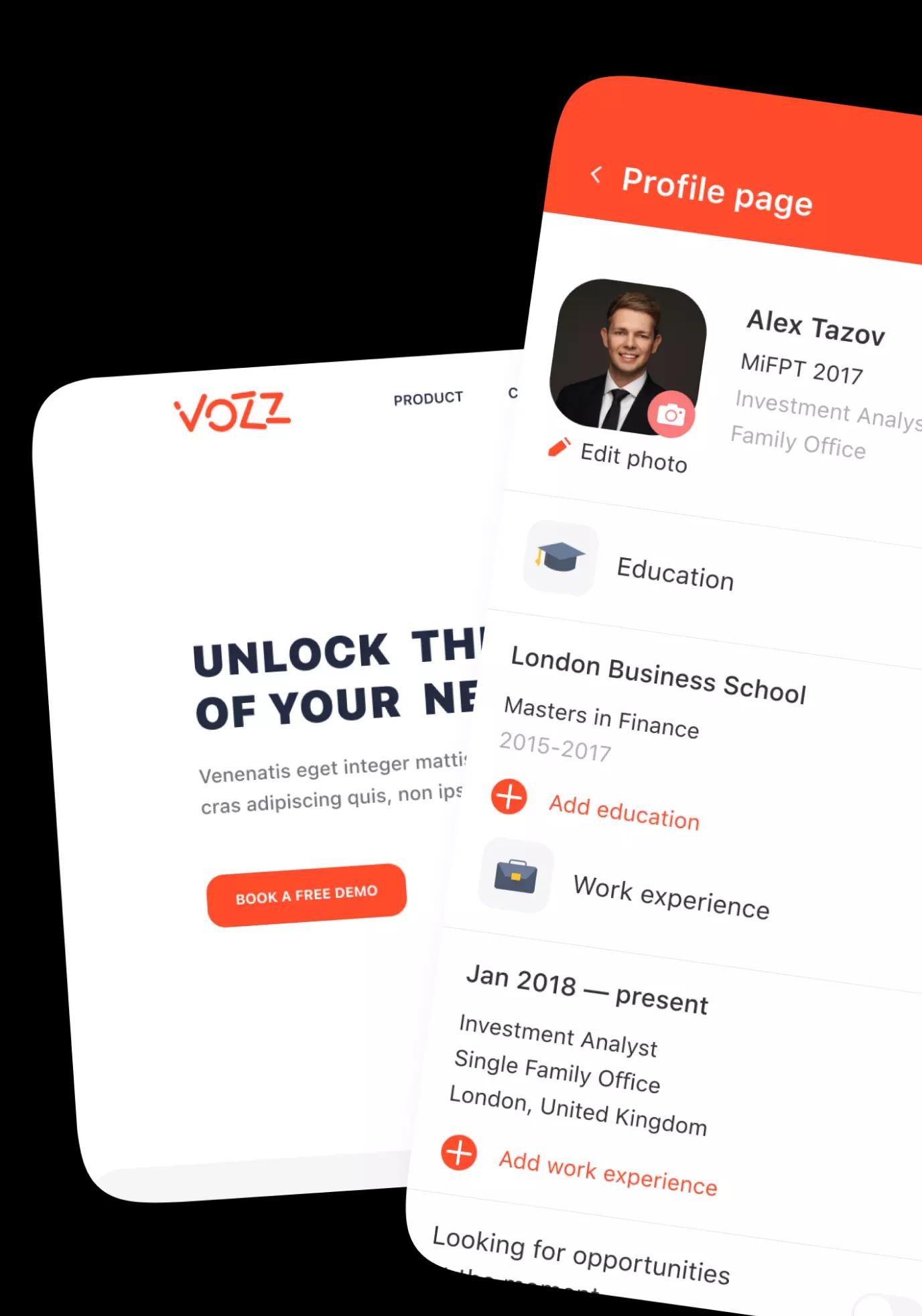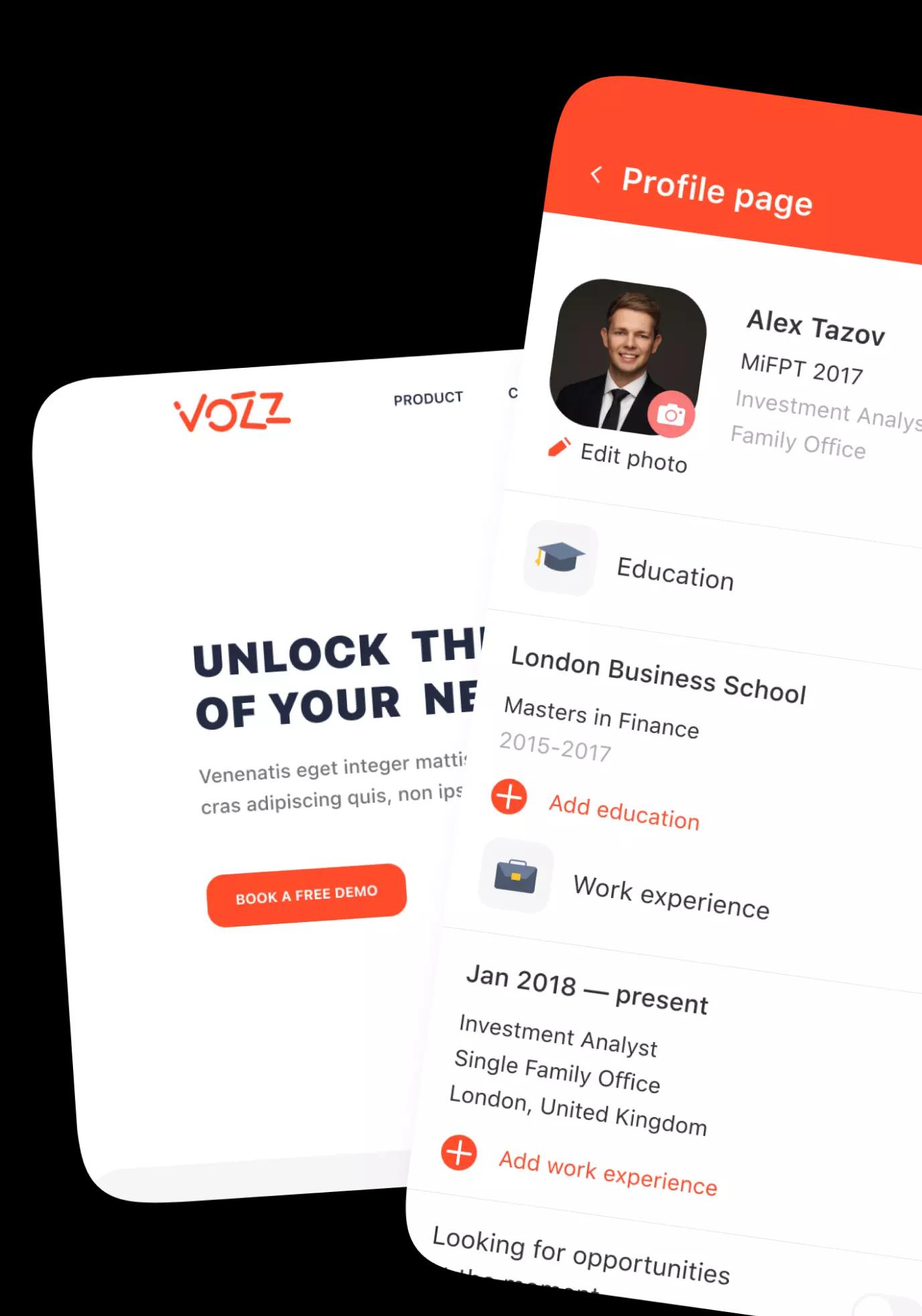Project
About project
About project
About project
In 2019, Doubletapp decided to develop an in-house CRM system to efficiently manage resources: track working hours, process all types of payments for employees, and handle accounting, project, and reporting documentation.
Before this, income and expenses were manually recorded by employees in Google Sheets and on internal wiki pages. This made it difficult to control costs and revenues, assess manager performance, evaluate the feasibility of working with certain clients, and create long-term plans.
We compiled a list of all the problems, wrote down the requirements for our CRM system, prioritized tasks, and explored market options — requesting demo access and analyzing services from the inside. None of the available systems offered a set of tools that could cover all of our studio’s business processes, so we started developing our own CRM system — DTIS.
Solution
Solution
Solution
In the 2020 MVP version, we implemented two key studio management segments:
- accounting and automation of all financial transactions for both employees and managers
- turnover and margin calculation for each project and each client
This allowed us to move from manual record-keeping to an automated system, reducing bureaucratic work from several days to just two hours a month. The company grew by 1.5× in one summer — without expanding the administrative team.

In 2021, the CRM was relaunched. We rewrote the frontend, updated the mobile apps by adding key web-version functions, abandoned an external time tracker, and implemented our own. We also introduced more convenient report formats for different roles: executives, HR, managers, and finance staff.
The CRM supports a flexible role model:
- Employees log working hours and submit payment requests.
- HR adds information about new hires and records staffing changes.
- Managers analyze workload, efficiency, and generate labor cost reports.
- Finance calculates salaries, vacation pay, sick leave, and prepares reports.
- Project managers track client and project data — from tasks to expense items and epic-level progress.
We develop the system based on team feedback. For example, a dark mode was added to the mobile version after colleagues who work late requested it.

DTIS Version for Unit Economics
After a management reform in 2024, the company began implementing unit economics, and DTIS received an important update — support for business units.
Now all tasks are tagged with keys linked to specific business areas, allowing us to recalculate project economics and get both overall financial insights and analytics per unit. CRM automatically classifies client requests by unit, and after budget approval, the project’s economics are recorded in the right section.
The finance team gained new reports that consider direct and indirect costs, tax burdens, and other parameters. We redesigned the tracker to correctly calculate metrics for each unit. For most employees, the interface barely changed — these updates work “under the hood.”
We also merged the old system’s functionality into the updated DTIS under a single interface. A new "Income" section tracks client payments, and "Transfers" track internal fund movements. Adding entries became faster and more transparent without relying on third-party tools.
Another major update expanded payment models. Previously, only hourly billing was supported. We added fixed-salary employees, implemented new vacation/sick pay calculation logic, and added payment status in employee profiles. This made CRM suitable not only for project work but also for stable in-house teams.
Reports for Managers
We upgraded reporting for managers — now they can track labor costs not only by individual tasks but also by epics in YouTrack.
Task reports include assignees, task distribution, developer grades, logged hours, etc. Epic reports (client requests broken into smaller sub-tasks) help quickly detect when a project is at risk of exceeding estimates.
These reports are useful for planning work and sharing with clients so they can see the project’s progress across different areas. Managers can now compare planned vs. actual results, analyze efficiency, and plan resources for large features and modules.
Temporary Link Service
To prevent sensitive data — passwords, tokens, scans — from being sent via messengers (risking leaks if any account is compromised), we added a temporary links service to DTIS.
Data is no longer sent directly but through secure links with a set expiration time. Only authorized CRM users can access them, and links auto-delete after expiry.
The service is built into the DTIS interface and allows users to quickly create a link, set its lifetime, upload files, and choose access levels. Users only see active links and can manage them through a simple UI. This eliminated data-sharing risks without sacrificing convenience.
Internal Culture Features
DTIS is not just for work tasks — it also supports corporate culture and employee connections by having these sections:
- Employee Directory — now a complete database with contacts, personal interests, account lists, and the ability to find colleagues by hobbies. A witty automated moderation system was developed for this feature.
- “Thank You” Recognition System — currently separate from other modules, but already used for non-monetary team motivation.
The next step is integrating a built-in notification system for automated and manual communication inside the team.
Planned features:
- a notification system — for example, messages from the finance department such as “log your hours” or “submit your salary request”
- integration with other modules — for example, alerts for receiving a "thank you" or system-wide updates
- manual broadcasts to the whole company or specific units without third-party messengers
Notifications will be displayed directly in the CRM interface with timestamps and read-status indicators — reducing reliance on external channels and improving employee awareness.

Results
Results
Results
The in-house DTIS CRM became a single gateway for all core workflows: time tracking, document management, leave approvals, confidential data transfer, and even employee appreciation.
The system evolved iteratively, based on real-world team scenarios — without unnecessary complexity, and with a focus on security, transparency, and speed. It addresses several key tasks:
- Centralization of data and processes
Instead of scattered spreadsheets, chats, and forms, there is now a single space where hours are tracked, leave requests are processed, documents are stored, and confidential data is transferred. This reduces chaos and lowers operational risks. - Transparency and control
Managers receive up-to-date data on time tracking and team workload, can monitor the status of requests, and see where resources are being spent. This supports more informed decision-making. - Security by default
Temporary links, authorization, and restricted data access all help reduce the risk of leaks, data loss, or abuse. Even if a messenger account is compromised, sensitive information remains protected. - Improved efficiency of internal services
Employees no longer need to search for templates or ask colleagues where and how to submit a request — the entire process is built into the interface. Tasks are completed faster, and errors in submission are reduced. - Support for internal culture and non-monetary motivation
Features such as “thank you” notes and the ability to find colleagues with shared hobbies not only automate work but also make it more human — preserving recognition, fostering communication, and reducing messenger overload.
Unlike off-the-shelf solutions, DTIS is tailored to real team processes, evolves based on employee requests, and balances convenience with security. It scales easily — both in users and functionality — and grows with the business.

DEVELOPMENT

Implementation
Implementation
Implementation
- Employee directory & “Thank You” system
These features brought social network elements into DTIS. However, unlike regular social networks, DTIS must maintain corporate ethics — user-generated content must comply with company rules, so profanity is prohibited. At first, we tried manual moderation, but it did not scale well. Therefore, we developed an automatic filter that checks text before saving it to the database. This filter can also be used to detect political topics, hate speech, etc. - Improving fault tolerance
As the number of users and the load grew, we began considering DTIS fault tolerance. We started by strengthening the reliability of infrastructure services — databases and queues. With RabbitMQ, we configured a cluster of three nodes with quorum support and connected Celery. Now, the queue continues to operate even if one node fails. We also improved our understanding of how to handle faulty messages and distribute workload among workers. - Financial management tools
The company operates worldwide, so it was important to have a financial management tool that supports multiple currencies — for payroll, budget reconciliation, and generating reports in various currencies. In DTIS, this is implemented through entities such as bank accounts, transfers, and expenses. For currency conversion, we use the Central Bank’s exchange rate valid at the time of the expense. We achieved optimal performance by caching calculations related to each employee’s base currency. - Data protection
In multi-user systems, configuring access rights is crucial. DTIS uses an RBAC (Role-Based Access Control) model with roles tied to a dynamic department tree. This helps protect one department’s data from another. For example, the backend department cannot view the finance department’s reports, and vice versa. This is especially important in organizations with complex hierarchies and a large number of departments.










